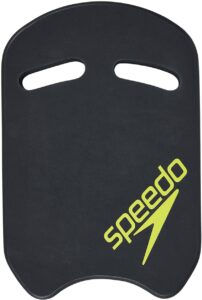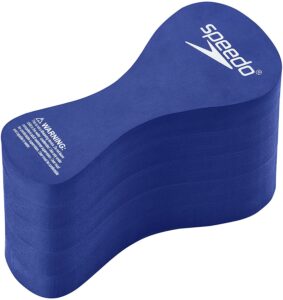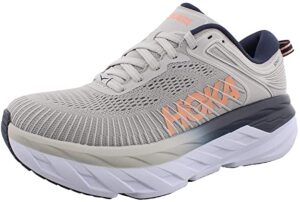Coccydynia is the term used to describe pain around the tailbone. It is common for pregnant woman to experience tailbone pain due to the growing foetus pressing up against the ligaments attached to the tailbone. The birth of the baby can also put extra pressure on the coccyx especially if it is a long / difficult or assisted labour.
Symptoms:
-
Pain on sitting down or standing up
- Pain when walking up or down a steep (ish) hill
-
Pain when emptying your bowels
-
Pain when bending forward
-
Pain during sexual intercourse
-
Pain is often worse during your menstrual cycle
-
Lying down in bed might also be painful
Causes:
-
A long or difficult child birth.
-
The growing baby pushing on the joints.
-
Previous history of trauma to the pelvis can make you more prone to injury in this area.
-
Hormone changes increase the flexibility in the joint, allowing excess movement (previous hobbies like cycling might have been ok but with the change in hormones this might become painful).
-
Prolonged sitting during pregnancy (especially on hard surfaces).
-
Births that involve extra help like those with forceps / suction are associated more with tailbone pains after birth.
Here is what the evidence says about the treatment options for coccydynia:
Avoidance – Like with many injuries, they need time to heal and that involves stopping the thing(s) that cause the pain. It can help to temporarily avoid sitting on hard surfaces or sitting for prolonged periods. Also avoid sitting in a ‘slumped’ posture, sit straight to push the tailbone outwards and reduce the pressure. Try to stand up and walk around regularly and avoid tight fitting clothes that might put pressure over the area.
Doughnut cushions – a lot of studies have been carried out in order to check the effects of doughnut cushions on pressure relief. The studies are always in their favour, so if pain is your main issue then something like this might help to take some of the pressure off the affected area. Various types of cushions are on the market, have a look at our Top 5 pressure relief cushions HERE.

Ice – there is very little evidence looking into the use of ice on coccyx pain specifically but we know that ice can help reduce pain in muscles, tendons and skin by reducing blood flow temporarily. Use ice on the affected area for 15 minutes at a time, never apply ice directly to the skin as this can cause damage to the cells. Try to ice the area 3-4 times a day. You could use ice wrapped in a towel or you can buy specific cold packs for pain like these that stick into your underwear and can be used at any time as they do not need to be frozen to activate the cooling effect:
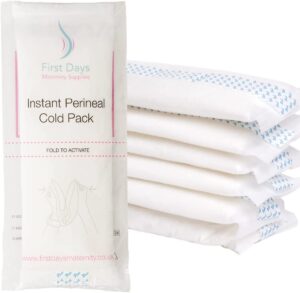
TENS – Transcutaneous electrical nerve stimulation (TENS) is a well established treatment that administers mild electrical currents to the skin to help relieve pain. TENS machines are small and lightweight and are used in your own home, they are often given as a pain relief option for early stages of labour. Studies have looked into the use of TENS in Coccydynia but the studies found are quite old and of low quality, so it is not yet clear how effective TENS is in treating Coccydynia symptoms (but no adverse effects have been recorded).
There are many different TENS machines available to buy, so if you are thinking of TENS as a treatment option then have a look at our Top 5 picks to make things a little easier.
Heat – Evidence suggests that heat can be beneficial (particularly in the short term) for pain relief in the back and when it comes to pelvic or period-type pains. Heat helps to increase blood flow to the desired area, resulting in more relaxed muscles and a reduction in static fluids. You can use a hot-water bottle as a good heat source or get yourself a wheat-bag that you heat in the microwave (the heat from these usually last about 15 minutes). There is also the option of the heat patches like these which last about 12hrs and are self adhesive.
Pelvic floor exercise – Evidence shows that pelvic floor exercise is a safe and effective method of treating coccydynia. These exercises can help with a number of issues caused by pregnancy and birth including incontinence, prolapse, pelvic and back pains. Have a look at this video for a full explanation on how to carry out these exercises.
Pilates – Pilates is another exercise you can try which focuses on the pelvic floor and core strength. Have a look at our Top 5 Online Pilates programmes here.
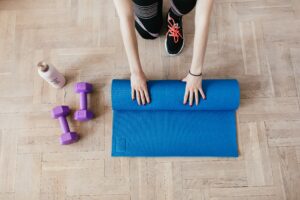
Swimming – Swimming is a great form of exercise when pregnant (and after). If you are not a competent swimmer, that’s ok. Grab a kickboard and do a legs only workout. You can do front-crawl leg kick or breaststroke and it really gets the heart pumping.
If you are a strong enough swimmer but you have pain in the pelvis / coccyx / lower back or hips when swimming, then ditch the leg kick and use a pullboy to keep your legs in a neutral position. You can still do your favourite stroke using this and it’s a great workout for the upper body and core!
Walking – Sometimes walking can be a little uncomfortable when the lower back, pelvis or coccyx is irritated but there are ways you can take some of that pressure off. Firstly, make sure you have some good footwear on! Invest in some good walking shoes / trainers, which have a lot of support and cushioning. Here is a popular brand (which the price tag reflects), they are a good investment as they can be used during and after pregnancy when walking with the pram and can help to prevent things like plantarfasciitis.
Another idea for helping to increase your walking distance are walking poles. If you walking on uneven ground a lot or just want to take a little more weight out of your legs then these are a great idea. Not too expensive and can be used around the house if you find a lot of benefit in them.
Gym – Lots of ladies continue to go to the gym throughout their pregnancy. It can be quite upsetting when pain gets in the way of that. Don’t despair though, there are still options available. Obviously avoid any sitting exercises (bike, machines that involve sitting and pulling / pushing weights, floor exercises like sit ups / Russian twists – basically, if it hurts, avoid it) also avoid any repetitive alternative leg movements (like cross-trainer and lunges). You will usually find that all standing exercises are ok (with feet under hips), standing machines, squats (with or without weights), pull-ups, push-ups, free weights in standing, now is a good time to have a word with a personal trainer so they can adapt your programme accordingly.

Yoga – Yoga can help strengthen and stretch the muscles associated with issues connected to the pelvis and spine, it is a safe and very effective exercise option for pregnant and postnatal ladies. There are lots of Online Yoga programmes available, have a look at our Top 5 here (and why we love them)! You can also read our blog on how yoga can help in other ways.

Important symptoms to watch out for:
If you have any of the following symptoms then go to your nearest accident and emergency department immediately:
- Severe low back pain.
- Pain, numbness, or weakness in one or both legs that causes you to stumble or have trouble getting up from a chair.
- Loss of or altered sensations in your legs, buttocks, inner thighs, feet or areas that you sit on when in a chair (including genitals / anus) that is severe or gets worse and worse.
- Recent problem with bladder or bowel function, such as trouble eliminating urine or waste (retention) or trouble holding it (incontinence).
- Sexual dysfunction that has come on suddenly.
Cauda Equina Syndrome is a very rare but very serious condition that must be addressed immediately to prevent any lasting damage to the nerves involved.



